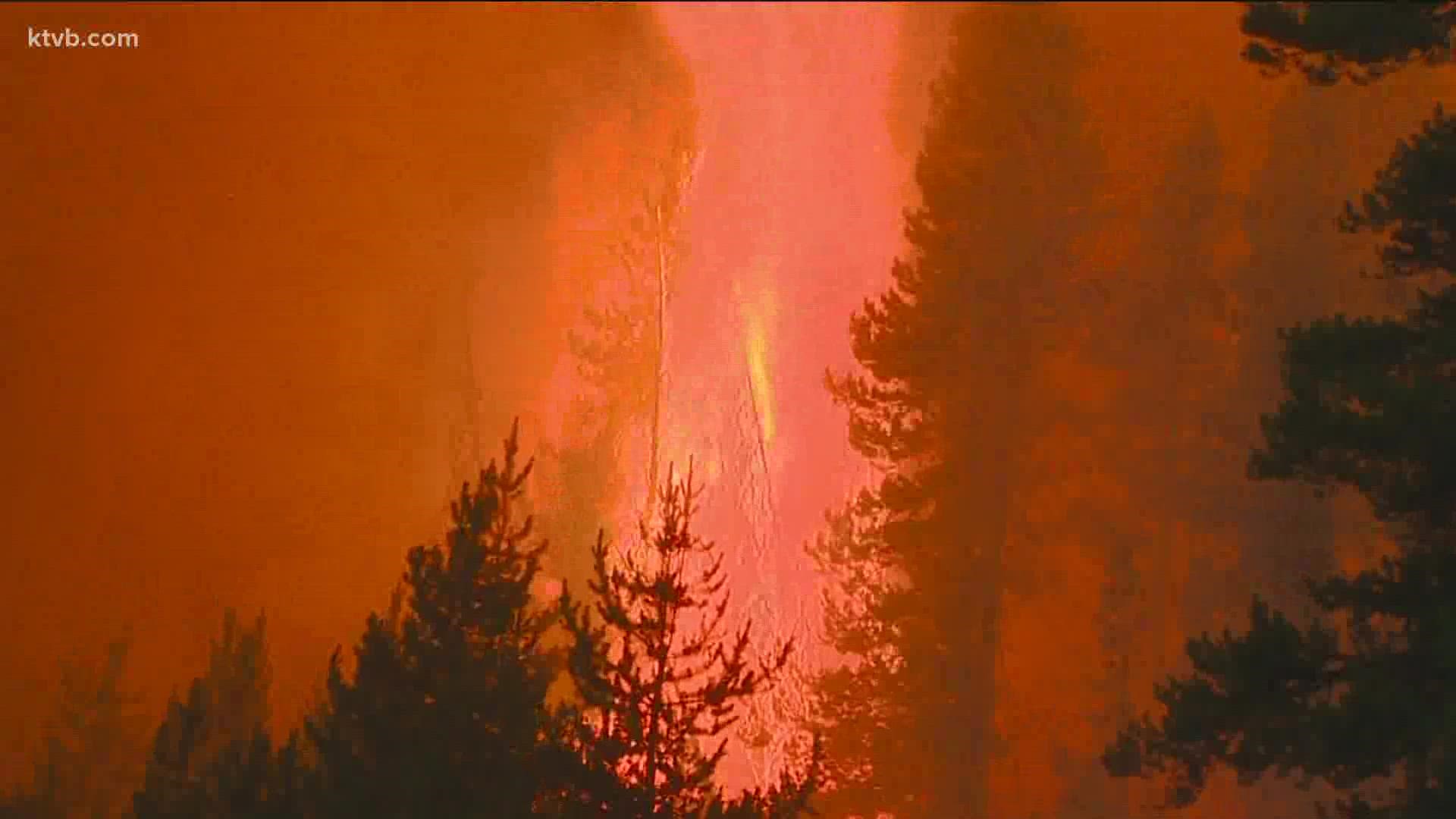BOISE, Idaho — More than 100 meteorologists from across the nation are training in Boise this week as part of the IMET Continuity of Excellence Exercise in preparation for fire season.
The training is a step toward incident meteorologist (IMET) certification for trainees and a refresher for certified IMETs alike. The training connects meteorologists with fire behavior analysts to simulate the skills needed out in the field to suppress a wildfire.
"We have people coming from Alaska, we have people coming from Honolulu," said IMET Trainee John Keyes. "You don't want to go out there cold, you want at least a little bit of preparation when you go out to your first fire or even if it's your 50th fire."
IMETs differ from regular meteorologists as they serve onsite alongside the fire crews. Using Remote Automates Weather Stations (RAWS), IMETs report weather patterns in and around the fire in real-time.
"Being here, doing an exercise is one thing, but being in the heat of battle, that's a completely different beast," Keyes said. "For me, it's being able to look somebody in the eye and make sure they're making the best decision possible with the information I can give them."
Real-time weather reports are crucial information for fire behavior analysts who change their suppression tactics and safety measures in accordance with what the weather dictates.
"We work hand in hand. As a fire behavior analyst, my job is to figure out where the fire is going to spread, if we're going to be able to have success with our chosen tactics, but also firefighter safety," California Fire Behavior Analyst Jonathan Pangburn said. "We're trying to make sure that we keep our personal safe with the approaching fire front. There is no way to do that without the meteorologist."
The United States spends more than $2 billion annually on fire suppression and damages, according to the National Weather Service.
Roughly 3% of meteorologists are IMETs. A meteorologist needs to log 225 hours through fire weather training and on-site training before earning certification.
This year 86 certified IMETs attended the training alongside 33 meteorologists seeking certification.
Watch more on wildfires in the West:
See all of our latest coverage in our YouTube playlist:

